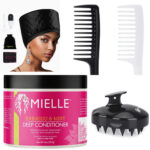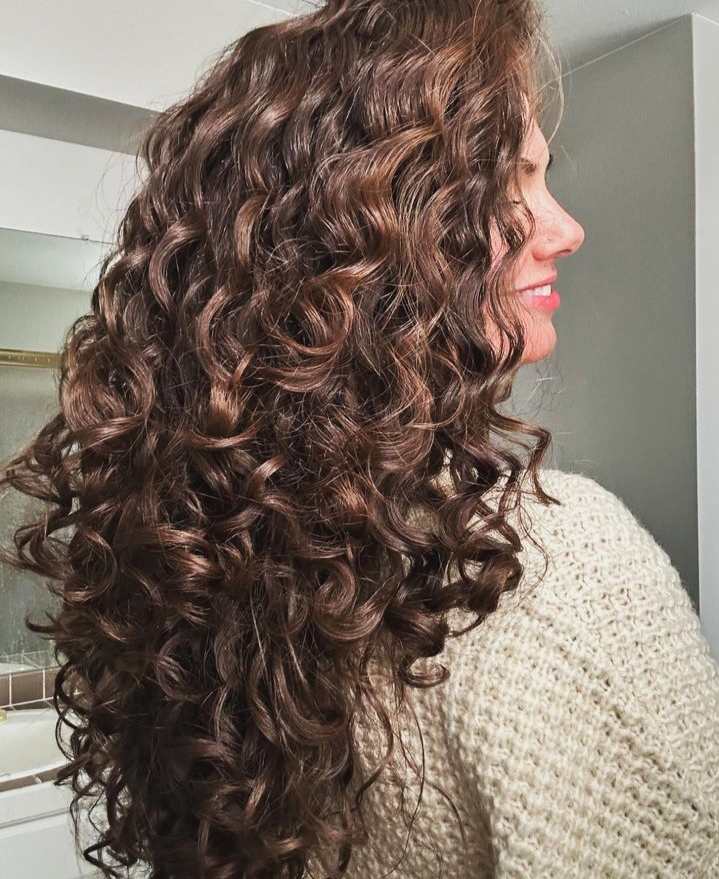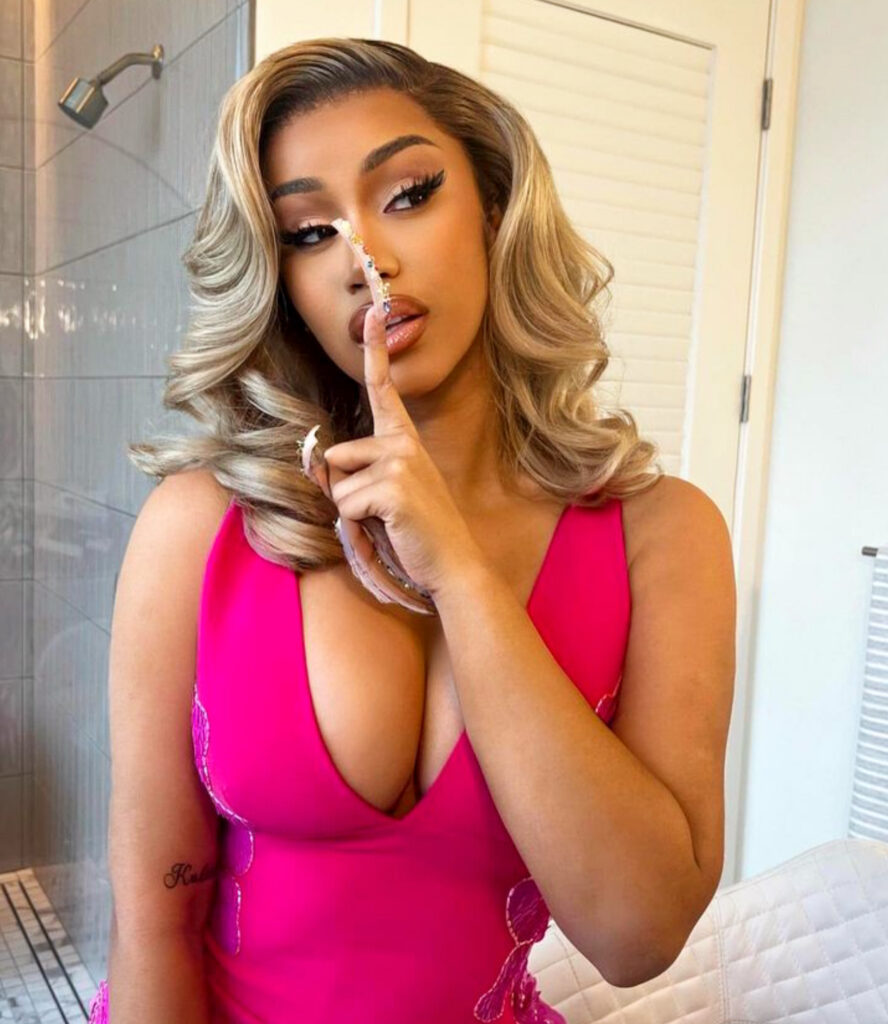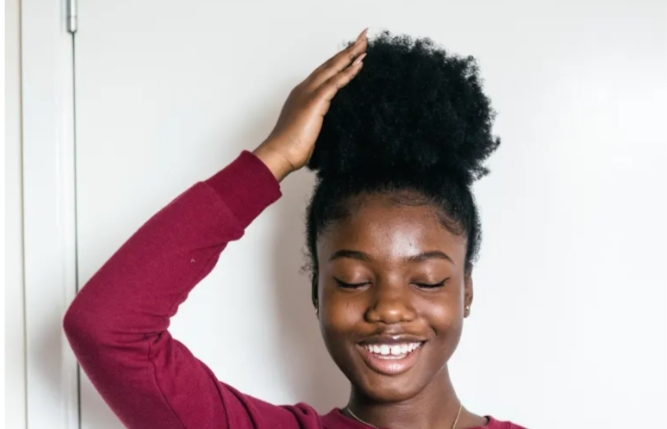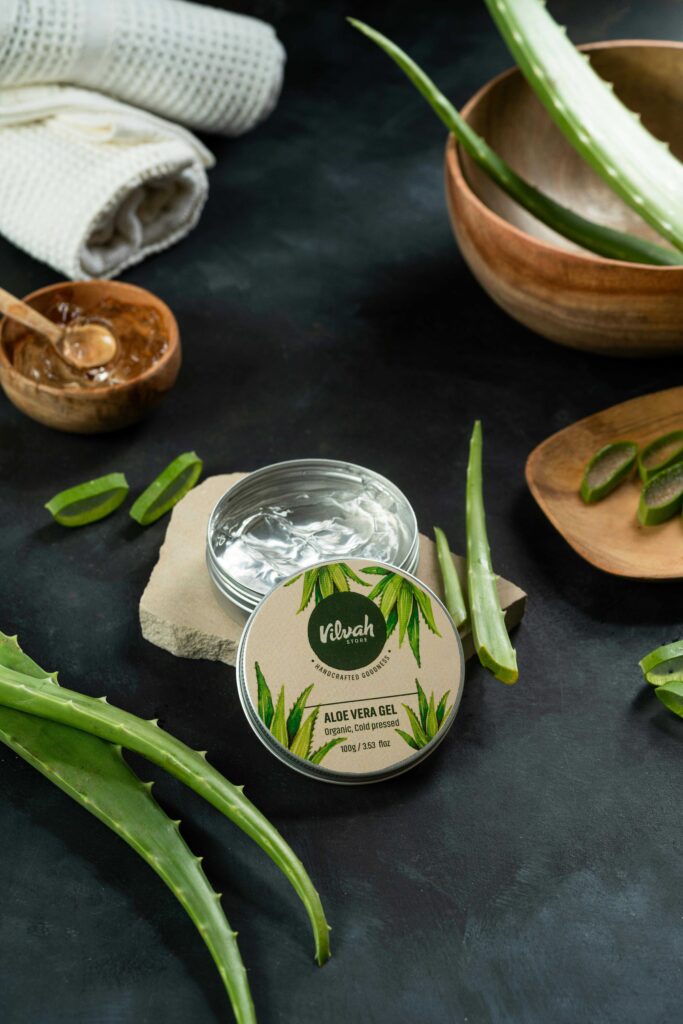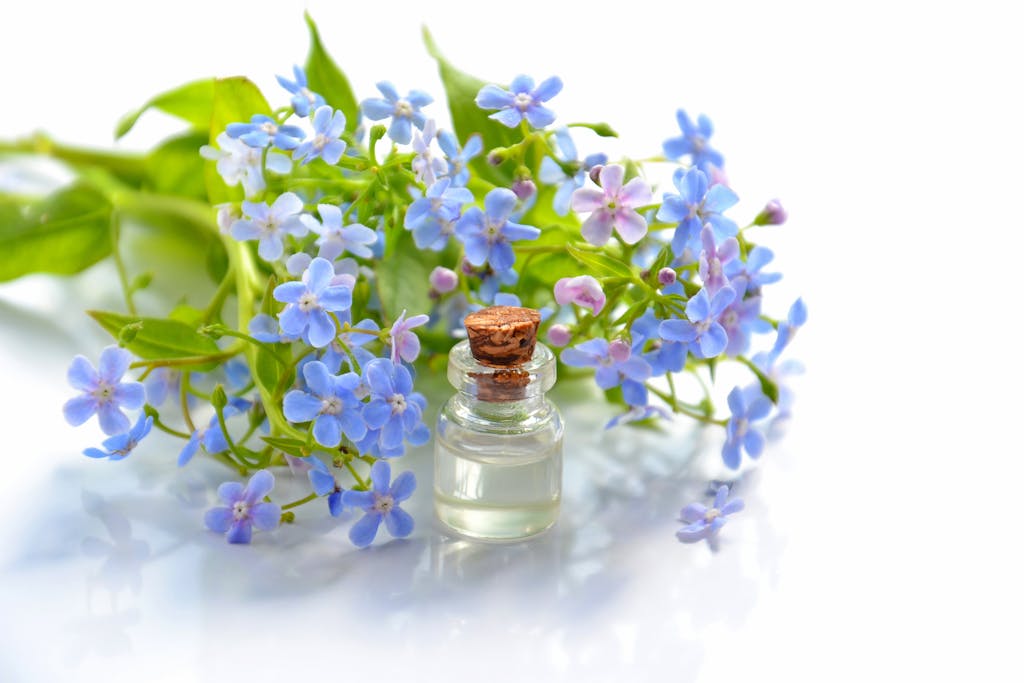Do you dream of soft, defined, and healthy curls? If you have type 4 hair, you will most likely know that it takes dedication and the right hair care routine to achieve your hair goals. And that is where today’s post comes in.
This post is your ultimate guide to unlocking luscious locks! We’ll delve into everything you need to know about caring for your beautiful type 4 hair, from gentle cleansing to nourishing treatments, to styling tips that will leave your hair thriving. Get ready to embrace your natural texture and flaunt healthy, gorgeous curls!
What is a hair care routine?
A hair care routine is a sequence of hair care practices carried out repeatedly. The key word here is REPEATEDLY, meaning that it’s not something you do once and just stop. Most people overlook the importance of a hair care routine, while some see it as a bunch of unnecessary activities that influencers partake in to seem all fancy and hair savvy on social media. But as we know, that is not always the case.
Having a hair care routine is the most important step in the process of trying to grow healthy hair, as it is important not only for your hygiene, but for your overall hair health and appearance.
Let’s look at the basic hair care practices you could partake in and how you can combine them to build a working routine.
Hair care practices
1. Pre-poo
A Pre-poo or pre-shampoo treatment is a treatment done on the hair before shampooing. It prevents the hair from being stripped of all its moisture while shampooing, and it also softens and repairs strands, making them easier to detangle and protecting them from breakage.
Pre-pooing is an optional step which many naturals do not partake in. It is mostly beneficial to people with dry hair.
Oils are usually preferred for this practice, although conditioners may be used too. Some common oils you could use are: almond oil, castor oil, jojoba oil, and olive oil.
2. Cleansing

Washing your hair is most important for the health of your scalp, and that of your strands thereafter. A lot of people tend to downplay the importance of this practice, especially when their hair is in braids.
Though there is no definite answer on how often to wash your hair, there are two main things to consider when it comes to cleansing natural hair: Make sure that you’re not washing it too often, and make sure not to do it too little too! Choose a time period that is not soon enough to strip your hair of moisture (because of all the chemicals in the shampoo) and also not long enough to cause excessive build up from sweat and hair care products.
I recommend washing your hair at an interval of two weeks max for naturals with shorter hair, and one month max for those with longer hair. I do mine once a week though, I don’t think my scalp could handle going much longer than that. Washing your hair helps to prevent build up on the scalp, as well as dandruff and itchy scalp too. It also helps to hydrate the hair and restore moisture within the strands.
3. Moisturizing
Moisturizing consistently is one of the keys to long hair. It is essential for a healthy, bouncy hair and vibrant hair color. Dryness is the number one cause of almost all hair problems, including split ends, tangles, knots and brittle ends. The good news is that dryness can be overcome by knowing how to moisturize your hair properly.
The two main methods of moisturizing the hair are; LCO and LOC.
L=> Liquid
C=> Conditioner
O=> Oil
The LCO method consists of using water, or a water based hair spray, applying a conditioner to help absorb the water and then an oil to seal in the moisture. While the LOC method is vice versa.
The first method is more preferred for those with low porosity hair, while the LOC is preferred by the high porosity hair clan.
Although I recommend the LOC, it is recommended that you experiment both methods and choose whichever one you are more convenient with.
4. Detangling
Detangling is simply the process of running a comb or fingers through your hair to remove knots, tangles, and shed hair. It helps to prevent matting, as well as knots and tangles in the hair.
Detangling however is a very delicate process and is to be done with care to prevent breakage. Type 4 hair should always be detangled when wet, from ends to roots. It should be done patiently and with a conditioning or detangling cream.
5. Covering at night
Covering your hair at night with a silk bonnet or using a satin pillowcase will go a long way in achieving moisture retention. By leaving your hair uncovered or using a cotton pillowcase, the moisture in your hair is either at risk of being evaporated or absorbed by the cotton pillowcase.
6. Styling
Styling the hair is actually very beneficial for hair health and length retention. When our hair is in protective styles or braids with hair extensions, it helps to stretch the hair which prevents strands from curling around each other. This in turn, helps prevent breakage. Styling also helps by covering the hair from external factors that could cause breakage, and mechanical damage.
In addition to improving hair health, braids are easier to manage and add beauty to the wearer. They also help with moisture retention because when our strands are twisted or braided, they hold in moisture and prevent it from drying out quickly.
7. Protein treatments
Protein treatments fill in gaps in the hair cuticle. They reduce frizz, strengthen the curls and make them smoother. They provide nutrition to the hair and help to repair damaged strands.
The gaps in the hair cuticle are caused by external factors such as sun wind, excessive styling and mechanical stress. It improves the hair’s elasticity and overall, Maintains the health of the hair.
8. Trims
As ironic as it seems, trims are actually very beneficial for length retention. Trimming is the act of cutting anywhere between half an inch to two inches of your hair to remove knots, tangles and split ends.
Staying away from trims does not end well as it makes the detangling process harder and increases breakage. Experts recommend trimming your hair once every three months but I do mine once every six months, so just be sure to do what works best for you, and be watchful of your hair health too. Whenever you notice your ends being hard to detangle, or having more split ends and knots, know that it’s likely time to go for a trim.
9. Hot oil treatment
Hot oil treatments are a very crucial and effective part of a hair care routine. The process of massaging the oil into the scalp promotes hair health by enhancing blood circulation in the nerves beneath the scalp. This stimulates dormant follicles and increases hair growth.
On the other hand, the warmth of the hair oil promotes blood flow to the scalp too and it helps the oil penetrate easily into the hair shaft so you get benefits from the massage, the warmth of the oil and also the nutrients the oil comes with.
Building a routine

To build a routine, you need a set of habits that you practice on a daily, weekly, monthly, and/or yearly basis.
Daily
- Moisturize your hair.
- Cover your hair at night or use a satin pillowcase.
Weekly/bi-weekly
- Wash your hair (whether on braids or not).
- Do a deep conditioning treatment.
- Oil your Strands and scalp.
Monthly
- Stretch your hair or get braids.
- Do a protein treatment before and after braids.
Every two months
- Do a hot oil treatment.
Every six months
- Get a trim.
Yearly
- Evaluate your year. Find out the routines, methods, practices and even products that worked for your hair and incorporate them in your hair care routine the following year.
In conclusion, one of the best things you could do for yourself during your natural hair journey is to build a proper hair care routine. By following all the steps discussed in this post, your hair is bound to reach its maximum potential in length, texture, looks and everything else you could ever imagine.
Remember that learning to give your hair proper and royal treatment leads to longer, healthier hair in the long run. So what are you waiting for?! Get on a consistent hair care routine today, and don’t relent. You’ll be on your way to long, luscious locks in no time!
If you loved reading this article and found value in it, be sure to share with people who might need the information. Like, share your thoughts and leave a comment on what topics you would like to see in the future. See you in the next article, and until then, happy hair care!




